
Written by: Jessica West
Take a good look at your favourite snack that you bought from the grocery store. Ever noticed that the label has more than just the name of the snack on it? What you’re looking at is called the food label. While food labels contain a lot of helpful information, they can be very confusing to read if you don’t know how to use them. So to help you we are going to briefly review what food labels are and how you can use food labels to choose healthy foods that are good for you!
What are food labels?
Food labels appear on packaging to help inform consumers about a food or snack. They give information about what ingredients are used in the product, the amount and type of nutrients present in the product, and any health claims associated with the product. Food labels are required by law to contain the following information: a panel or table of nutrition facts, a list of ingredients, and health claims (1).
What does the information on a food label mean?

Servings per container and serving size: The servings per container simply means the number of servings that is inside the product. The serving size means the amount that is considered one serving. Sounds confusing? Let’s look at the Bean Bark apple chunk’s label as an example.
The nutrition facts label here is calculated for 1 serving or 40g. This means that if you have eaten one serving or 40g, you have eaten 180 calories.
Calories:
Calories are the basic unit of energy or fuel that food provides, which the body will use as a source of energy. For more information on calories check out our blog about them here (LINK CALORIE BLOG WHEN COMPLETED). Looking back at the Bean Bark label, you will see that next to Calories it says 180, this means that 40g (or 1 serving) contains 180 calories. The entire package of Bean bark is 100g, which means that if you eat the entire package, then you would have consumed 450 calories (Making it the perfect healthy chocolate snack!).
Nutrients:
The following nutrients are required by law to be listed on a food label: Fat (including total fat, saturated fat, trans fat), Cholesterol, Sodium, Total Carbohydrates (including Sugars and dietary Fiber), Protein, Vitamin C, Vitamin A, Iron and Calcium (2). Other nutrients may be listed as well, but they are not required by law to be there. These core nutrients must be listed as they have many links between health and disease in the population. For example, consuming foods high in sodium can cause a rise in blood pressure, while consuming foods high in fiber can lower the risk of heart disease. (3). To know how much of each nutrient contributes to your diet, you can look at the daily values percentage to the right of each ingredient.
Daily Values:
The daily values are a reference to how much of a nutrient you should consume in a day (4). They are based on a standard 2000 calories per day diet. If you eat more or less than 2000 calories that’s fine! You can still use the daily values as a reference. The recommendation is that 5% or less of the daily value is a little, and 15% or more of the daily value is a lot. For example, the daily value for fiber for adults is 25g. The Bean Bark label says that it contains 8g of fiber which is 29% of the daily value. This means by eating the Bean bark you would have consumed 29% of your fiber requirements for the day!
Ingredients:
The ingredients listed on a food label tells us what exactly a product is made of. The ingredients must be listed in a descending order based on weight. This means that the first ingredient is the one that is usually most present in the product. For example, on the Bean Bark label, dark chocolate is listed as the first ingredient. This means that in this nutritious snack, the most predominant ingredient by weight is dark chocolate. Can I get a YUM?
If you are still not feeling confident about reading food labels that’s fine! It takes time and practice. The good news is that you can start by having your favourite snack. Take time to explore the label and you’d be surprised how much you already know! In the meantime, check out the Bean Bark healthy vegan chocolates at Remix and follow us on social media for more updates on offers, promotions and our nutrition blog.
References:
-
Government of Canada .(2019). About food labels. Retrieved from : https://www.canada.ca/en/health-canada/services/understanding-food-labels/about-food-labels.html
-
Government of Canada .(2019). Nutrition facts tables. Retrieved from: https://www.canada.ca/en/health-canada/services/understanding-food-labels/nutrition-facts-tables.html
-
Whitney, E. & Rolfes, S. (2011). Understanding nutrition. Australia: Wadsworth, Cengage learning.
-
Government of Canada. (2020). Food labelling changes. Retrieved from: https://www.canada.ca/en/health-canada/services/food-labelling-changes.html
-
Walmart. (2020). Oreo double stuffed chocolate sandwich cookies. Retrieved from: https://grocery.walmart.com/ip/OREO-Double-Stuf-Chocolate-Sandwich-Cookies-15-35-oz/17176255
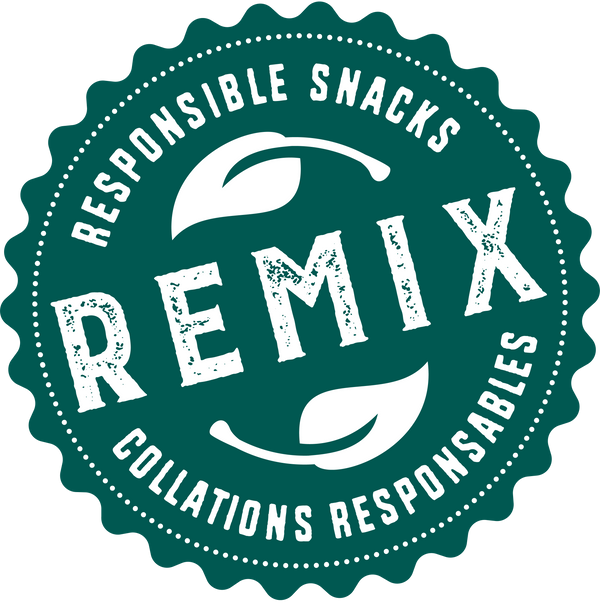
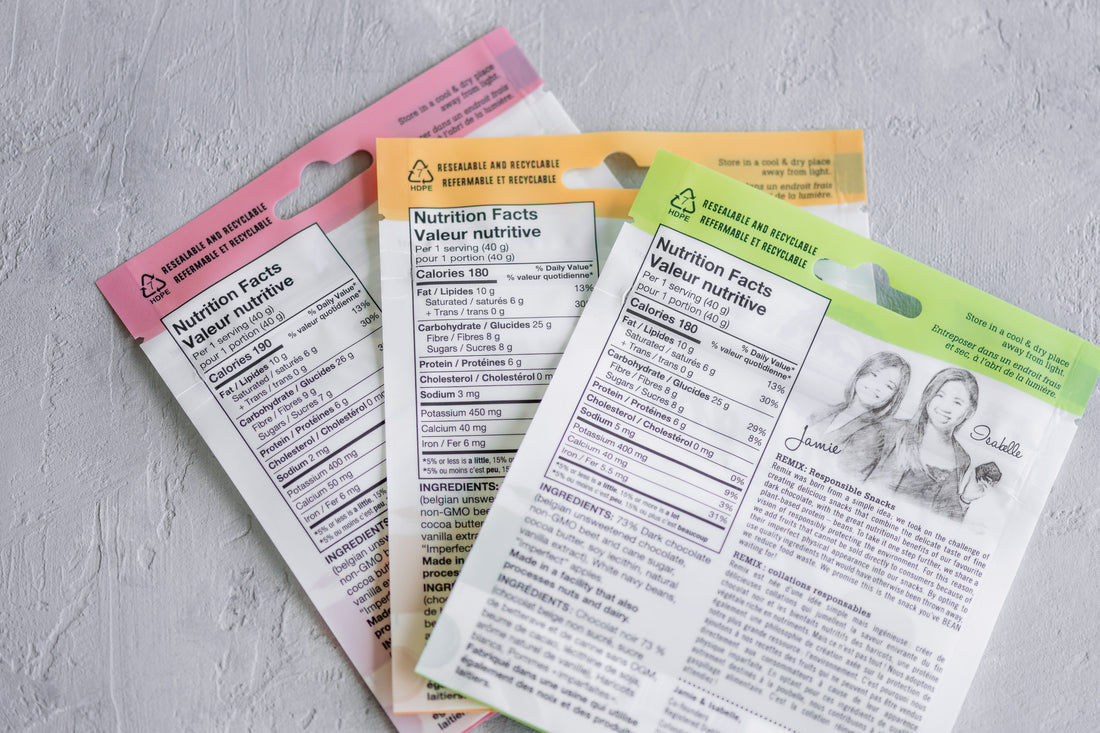
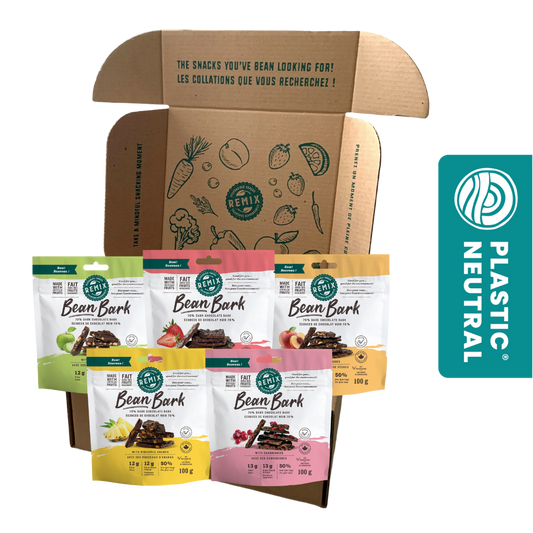
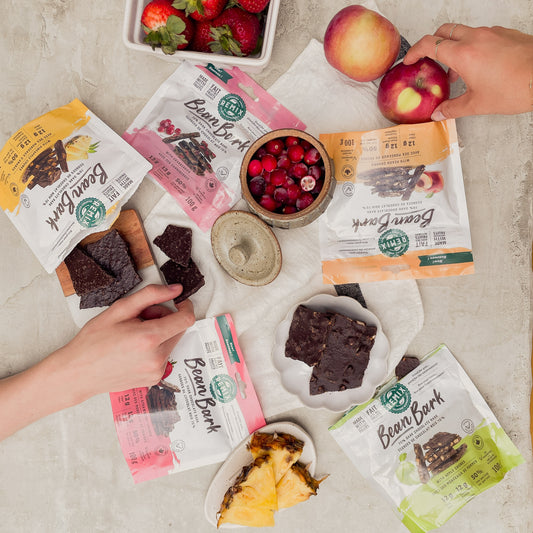
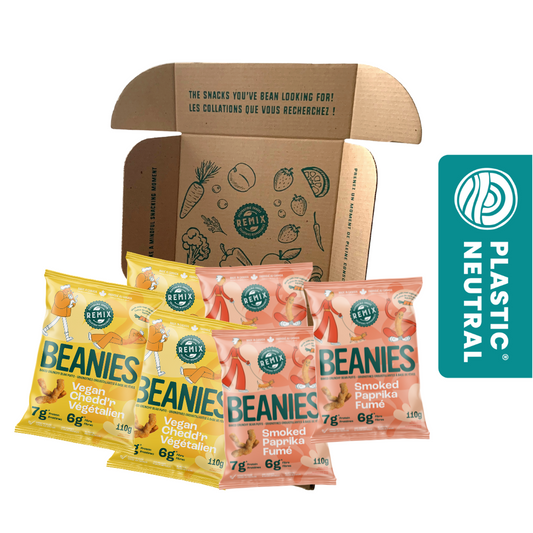

1 comment
This was a great read! Informative get simple and reader friendly. Well written!
I never knew that “The ingredients must be listed in a descending order based on weight”. Helpful!